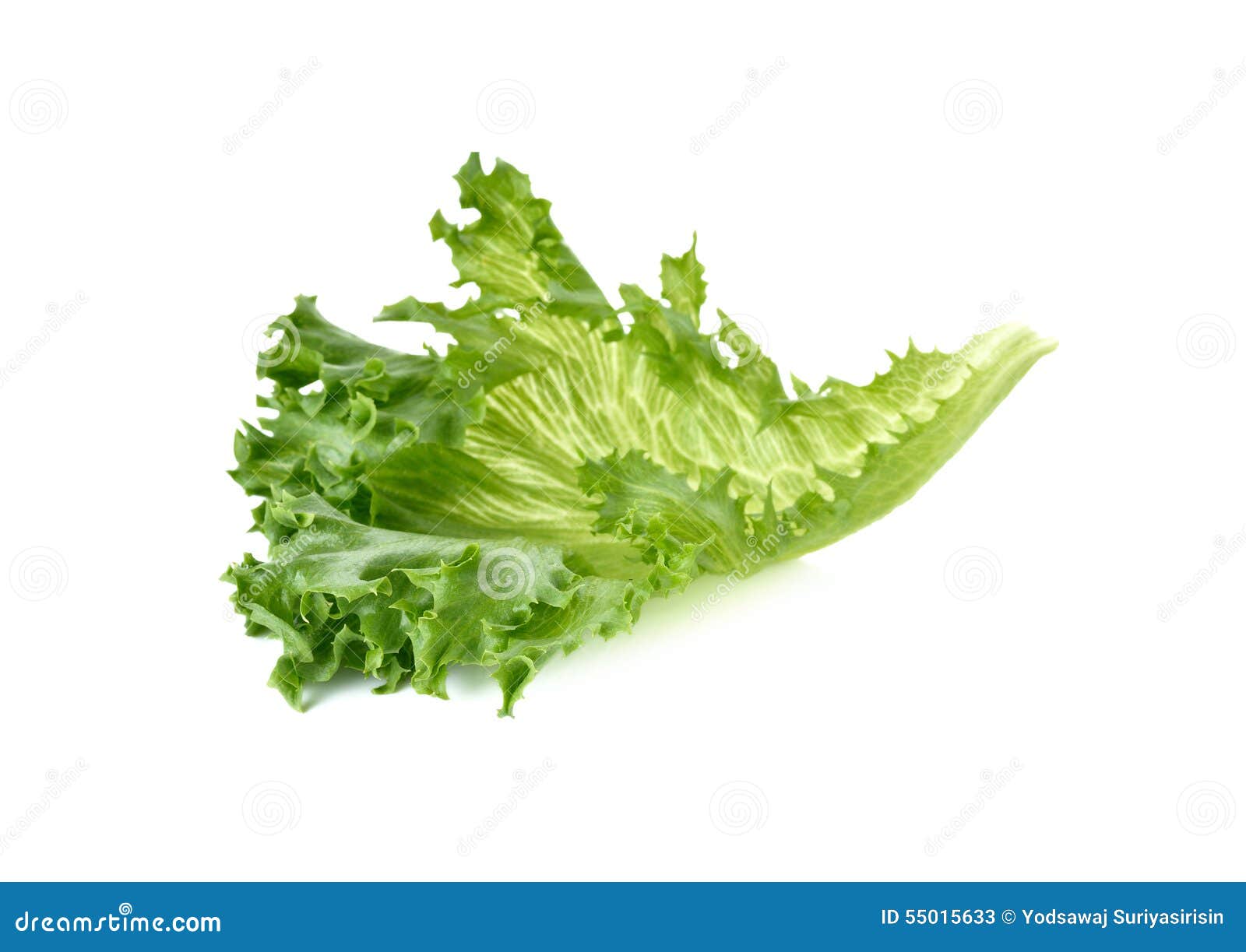

It is considered the leading cause of vision loss and believed to impact around 10 million Americans, which is more than cataracts and glaucoma put together. Macular degeneration, in particular, is a common condition that is characterized by the deterioration of the macula, which is the central portion of the retina. Getting enough vitamin A in your diet is absolutely essential to maintaining healthy vision and may even help protect against some eye disorders. Green leaf iceberg lettuce is a great vitamin A food, packing around 7 percent of the recommended daily value into each cup. Not only can it help you keep your carb consumption in check, but there are also a low amount of calories in iceberg lettuce, which can also help boost weight loss as well. Thanks to the low amount of carbs in iceberg lettuce, you can still enjoy many of your favorite foods as part of a low-carb diet by swapping in iceberg lettuce. Fortunately, iceberg lettuce has a crisp, firm texture, which makes it an awesome low-carb substitute for wraps, sandwiches and burgers. If you’re following a low-carb or ketogenic diet, many high-carb foods like bread, wraps and buns are typically off the table. According to a 2003 study in American Journal of Clinical Nutrition, lower intakes of vitamin K were associated with decreased bone mineral density in women, demonstrating why it’s incredibly important to include plenty of healthy vitamin K foods in your diet. Vitamin K is closely involved with bone metabolism and helps increase levels of a protein that is needed to maintain calcium stores in the bones. Although it may be most well-known for its ability to maintain healthy blood clotting, vitamin K also plays a key role in bone health. One of the top iceberg lettuce benefits is its vitamin K content. In fact, according to one study published in Nutrition & Diabetes, increased fruit and vegetable intake was associated with improved weight loss and fat loss, suggesting that adding healthy vegetables - like iceberg lettuce - to your diet could be beneficial if you’re looking to lose weight.

Benefitsīecause each serving contains a low amount of iceberg lettuce calories, adding this tasty ingredient to a healthy diet could potentially help promote weight loss. The iceberg lettuce nutrition facts also boast a small amount of vitamin B6, iron and calcium. 102 milligrams potassium (3 percent DV).0.1 milligrams manganese (4 percent DV).361 international units vitamin A (7 percent DV).17.4 micrograms vitamin K (22 percent DV).One cup (about 72 grams) of shredded iceberg lettuce contains the following nutrients: Nutrition FactsĪlthough there are a low amount of calories in iceberg lettuce, each serving contains a good chunk of fiber, vitamin K and vitamin A.

Thanks to its crunchy texture and versatility, it has long been considered a staple for salads and is often used as a topping for burgers, sandwiches and wraps.ĭespite its reputation as a nutritionally void ingredient, it contains several important nutrients and can definitely be a healthy addition to your daily diet. It has a pale green color and a round head that closely resembles other lettuce varieties, such as cabbage. Iceberg lettuce is a type of lettuce known for its mild flavor and crisp texture. So is iceberg lettuce bad for you? Keep reading for everything you need to know about this popular leafy green. In fact, it’s rich in several nutrients and may help boost bone health, enhance vision and ramp up weight loss. Although it’s considered a staple for many classic salads and sandwiches, it has also drawn criticism from nutrition-conscious consumers as other greens like kale and spinach nutrition take center stage.ĭespite being labeled a nutrient-poor alternative to other greens, iceberg lettuce has several benefits and definitely deserves a slot in a balanced diet. Iceberg lettuce is a common yet controversial ingredient.


 0 kommentar(er)
0 kommentar(er)
